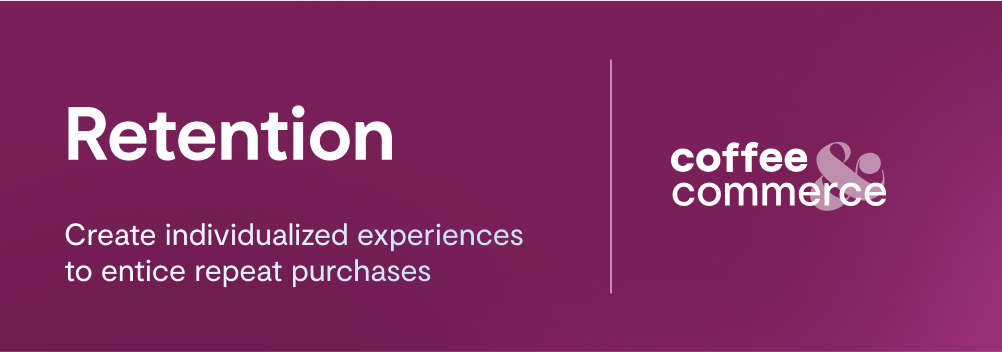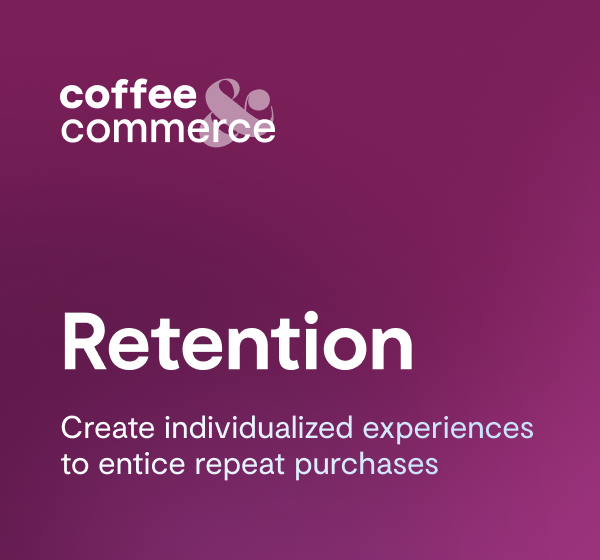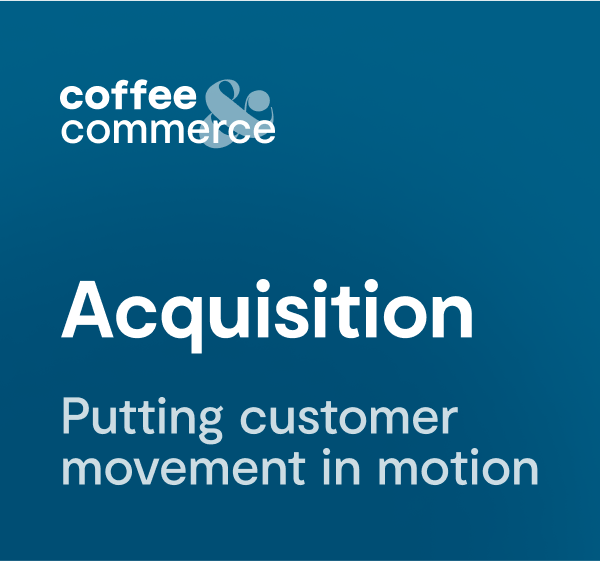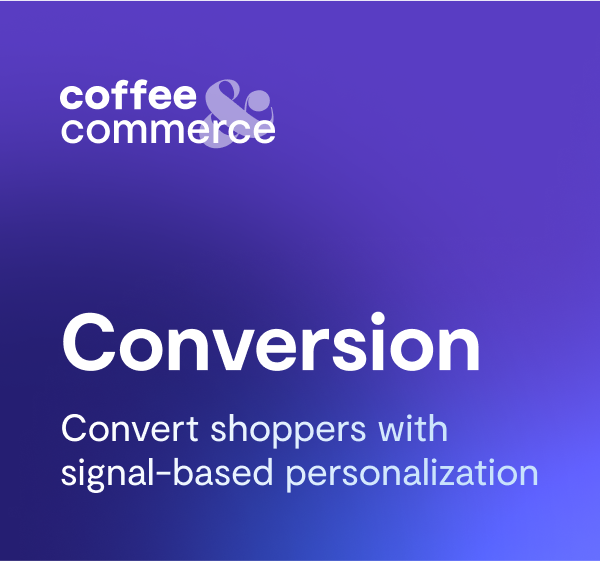

The Customer Retention Rulebook: How to Spark the Second Purchase (and the Third…)
Retail is all about customer retention.
The first purchase is a trial run: It could be the beginning of a long relationship with your brand, but it could also be the last time they ever engage. Those customers who come back, though, will wind up generating the bulk of your revenue. By retaining just a small percentage of overall buyers, a business can grow indefinitely.
The data backs this up: once a buyer makes a second purchase, the likelihood of a third purchase surges by 95%. The question for retailers, then, is how to get as many people as possible to make that second purchase — and then the third, and then the fourth, on and on.
This month’s Coffee & Commerce, hosted by Bluecore VP of Marketing Sarah Cascone, directly addressed the current retention landscape, providing retailers with actionable tips on getting ahead.
Looking at the customer retention metrics
The first thing retailers need to reckon with is that boosting customer retention in 2024 means looking beyond channel metrics. Channel metrics will always play a role, but retailers should look to individual customer metrics for guiding their overall strategies. Reconceiving your sales funnel through a customer-led lens can quickly illuminate essential patterns in your shopping data. For instance, our recent 2024 Customer Growth Benchmarks Report shows that active buyers place 57.6% more orders — and spend 69.2% more — than new buyers.
In this context, there are a few specific metrics it’s important to pay attention to:
- Repeat purchase rate: The percentage of first-time buyers who made a second purchase
- Purchase frequency growth: The percentage increase in orders per buyer from new to active buyer
- Revenue growth: A retailer’s revenue divided by number of customers
Each of these metrics is best acted on through signal-based messaging. “Every action a shopper takes or doesn’t take represents a signal, and these signals are crucial to making informed decisions about how to best reach and engage your shoppers,” Sarah said.
These signals are incredibly important, especially as Google’s ongoing depreciation of third-party cookies makes it much harder for retailers to reach their ideal audiences. Pay attention to the right ones, and they can tell you everything you need to know to guide a customer to a second purchase.
Acting on signals
Let’s say you’re an apparel retailer and you’ve just converted a customer into a first-time buyer who bought a pair of jeans. The clock on the post-purchase cycle has begun, and if you can get them to purchase #2 in this window, you very well might have them for life. What’s a retailer to do?
To answer that question, let’s dig into some of the relevant signals here. The purchase itself is a major one. You now know, beyond a shadow of a doubt, that the buyer you’re trying to retain owns a new pair of jeans. This information can inform a lot, starting with content. A guide to how to properly take care of denim, for instance, can make a major impact on engagement and eventual retention in this scenario.
Product recommendations also have a significant role to play here. People who purchase denim tend to also purchase graphic tees, noted Gabby Phillips, Senior Manager of Loyalty and Lifecycle Marketing at SPARC Group, which manages lifecycle operations for brands like Brooks Brothers and Aeropostale. By skewing your product recommendations in that direction, you can boost the odds of a second purchase.
Or take the example of discount affinity. A single purchase can provide retailers with invaluable insight into whether a customer is more likely to respond to a discount or to purchase at full price. By taking that data point into account during the post-purchase cycle, retailers can drastically increase the odds of customer retention.
But you can get even more granular. Looking at the data, you can isolate customers who a) purchased the same pair of jeans as your new buyer while also b) exhibiting the same onsite behaviors. You can then ask yourself: how have those customers behaved, in the post-purchase cycle? What products have appealed to them? And how can I use that information to inform my post-purchase cycle strategy with this new customer?
Really, something as simple as leveraging a customer’s first name for a subject line can have a substantial impact on customer retention. Likewise, messaging that acknowledges the customer’s past history with the company can make a real difference. . In both cases, the retailer is making the customer feel seen, understood, special.
Looking at the big picture
These signals matter for individual customer journeys. But in aggregate, they can also grant valuable insights into your campaigns.
For instance, you can analyze the behavior of your first-time buyers as opposed to your repeat buyers. How do their engagement styles compare? What behaviors are distinct to which group? For repeat buyers specifically, how much time tends to elapse before that second purchase is made?
Getting a handle on these questions can help inform strategy — and improve customer retention. For instance, by examining incremental conversion rates and per-customer revenue, retailers might find that they’re rushing customers through the funnel. The solution, then, would be to slow the post-purchase cycle down — expanding it to six months, say, instead of three, and paying careful attention to what happens next.
It’s true that the majority of your buyers will disappear, but your retained minority will inevitably be driving the lion’s share of your profit growth. That’s why, in retail, almost nothing matters more than getting first-time buyers to that second purchase. By paying attention to — and acting on — the right signals, retailers stand a much better chance of making that happen.





